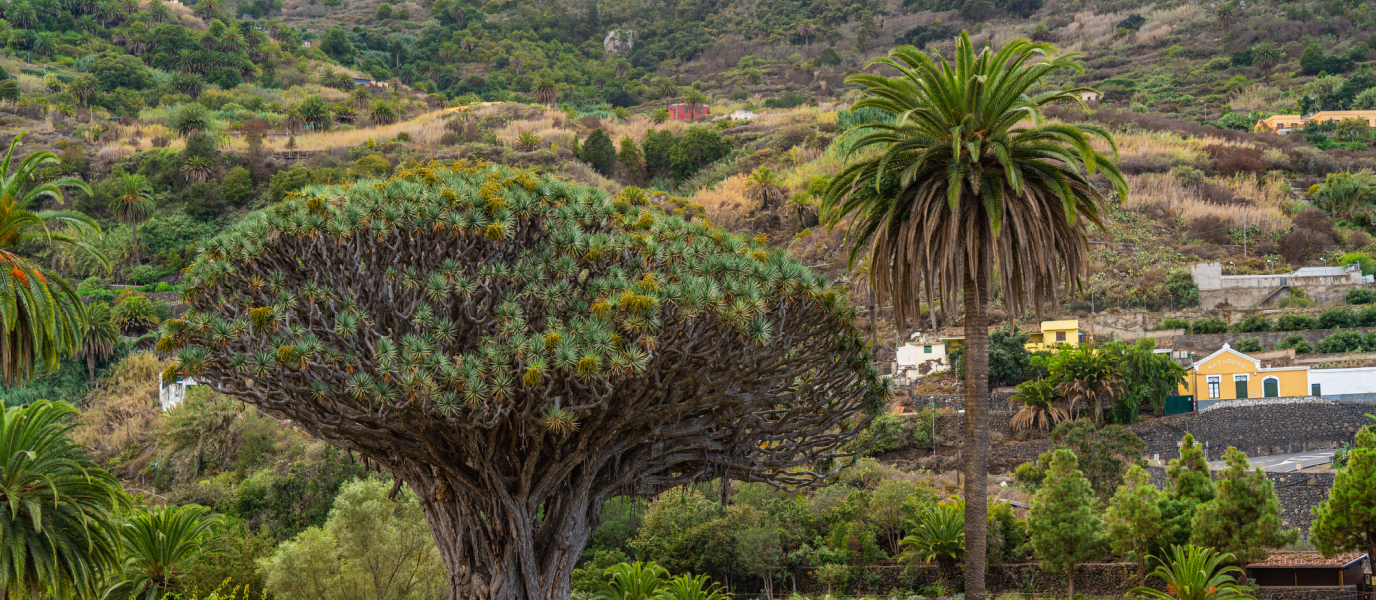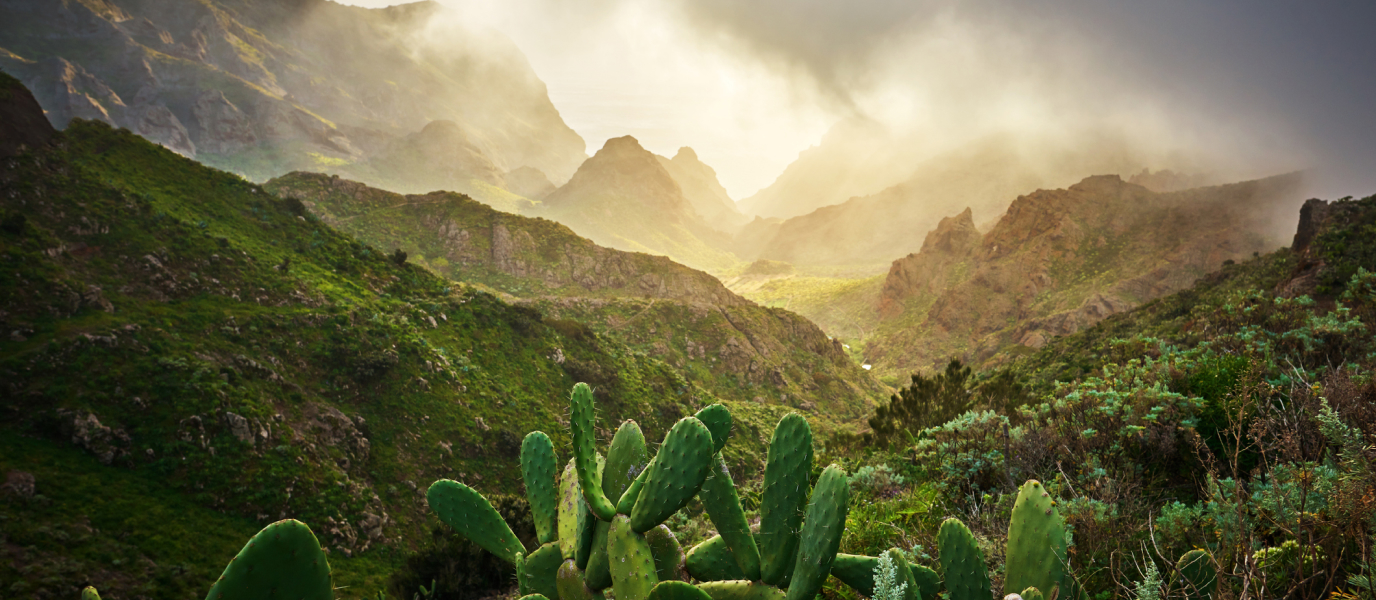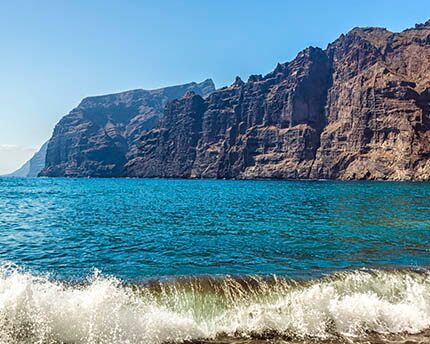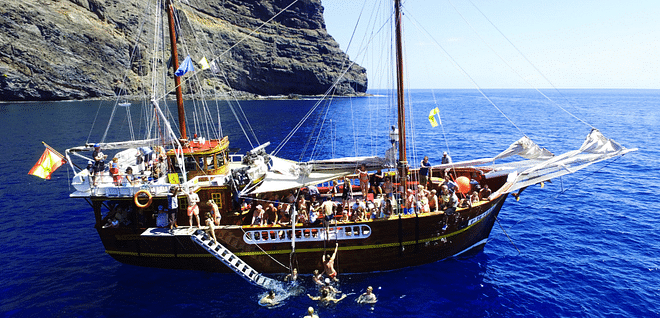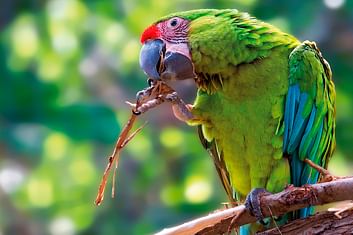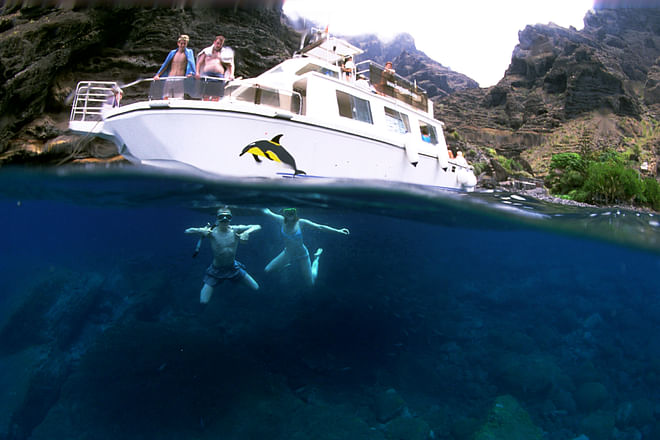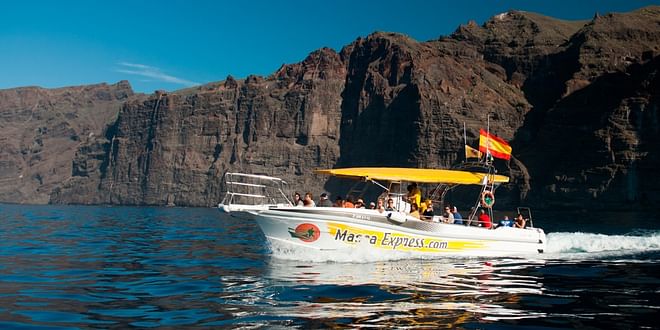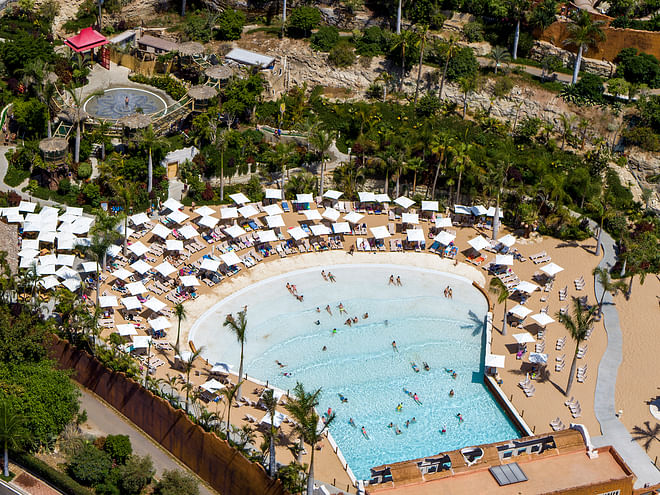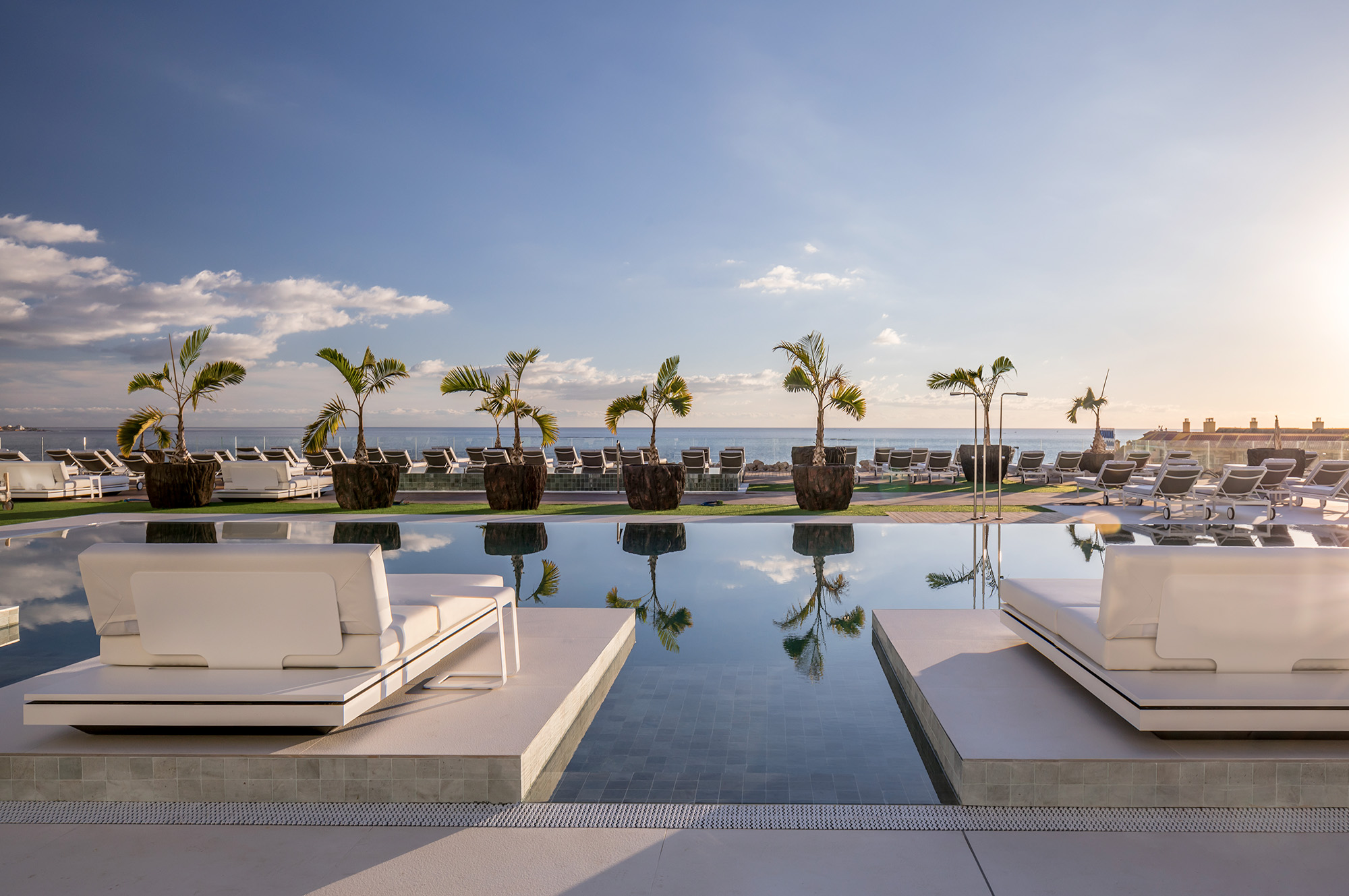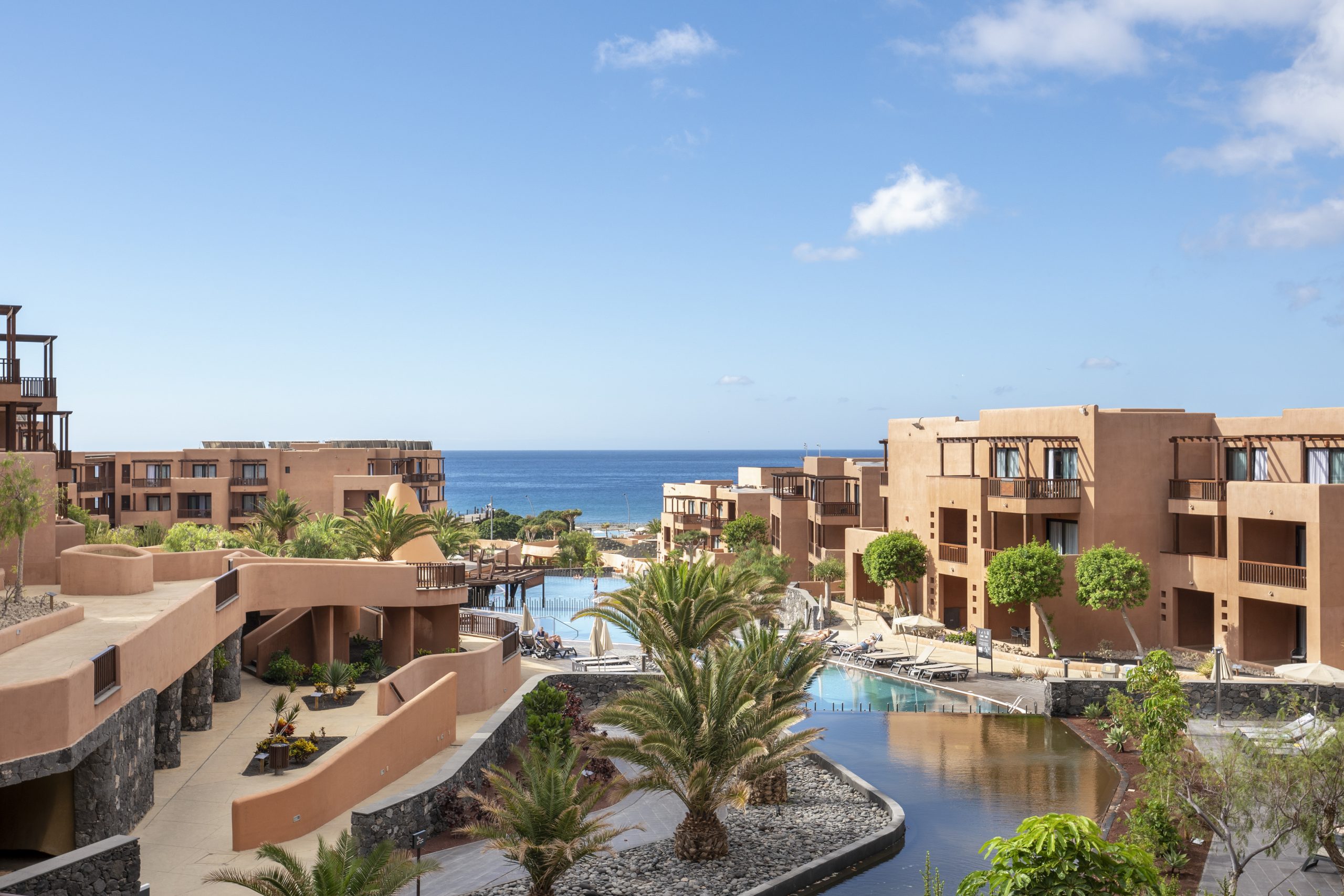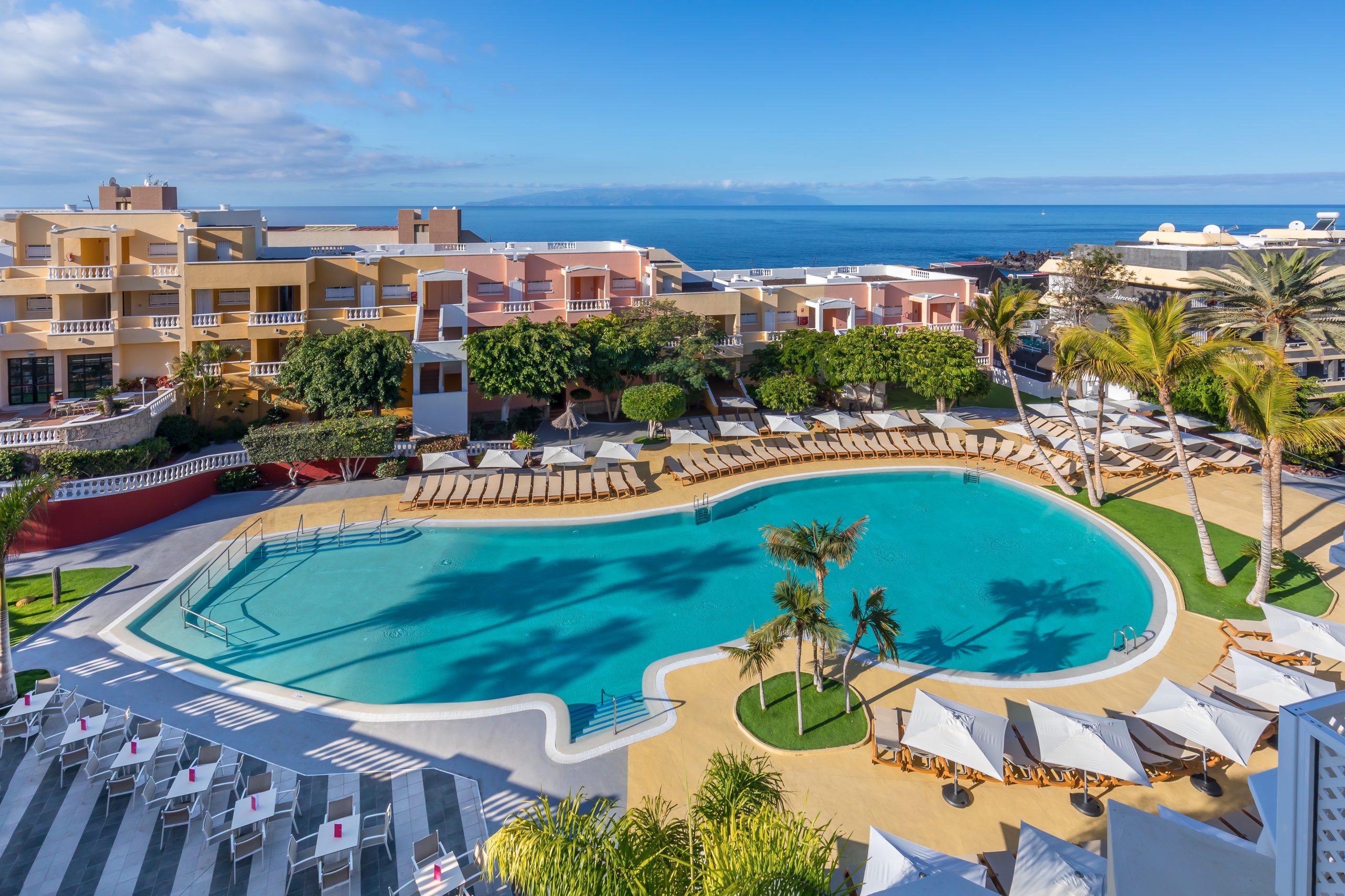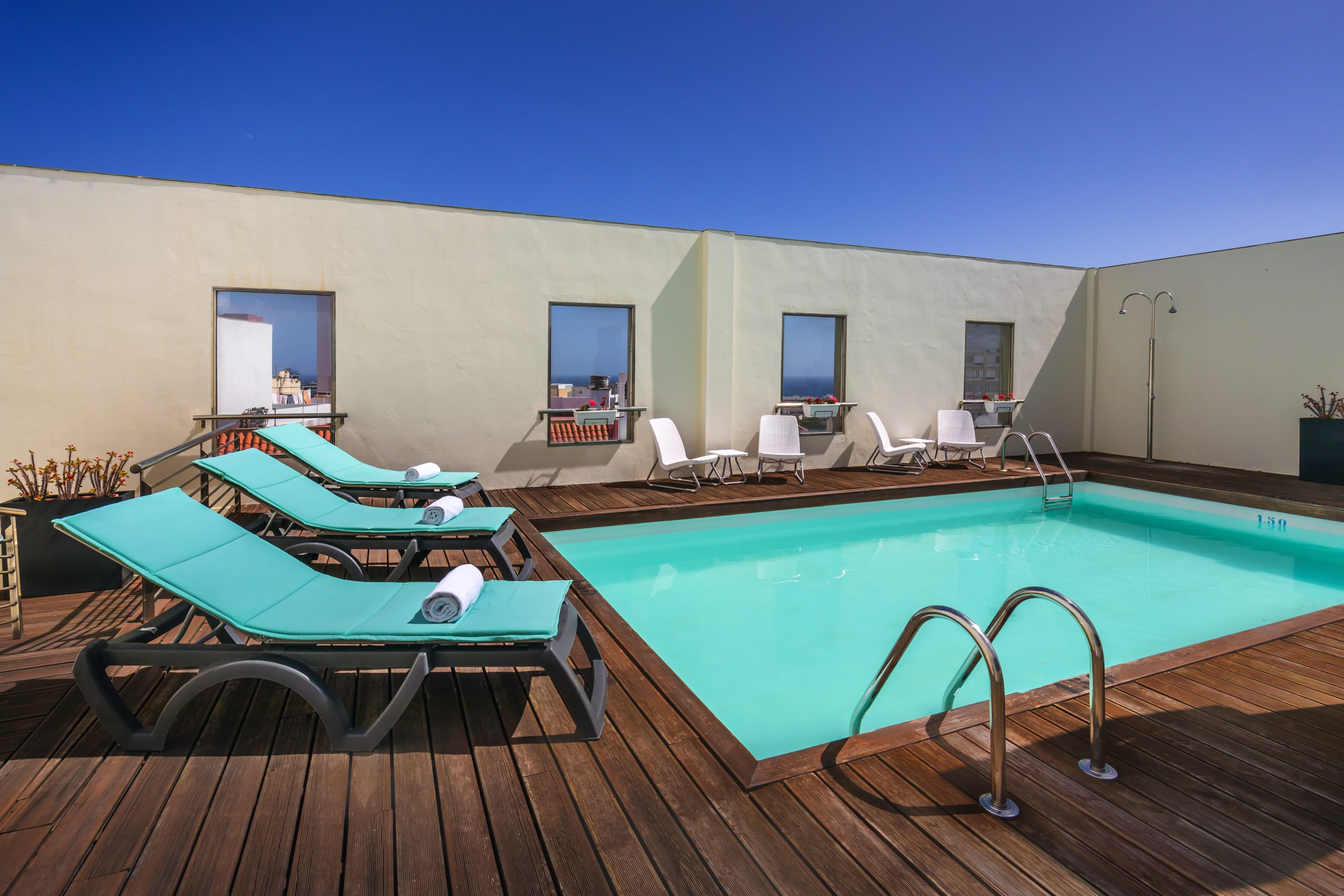Tenerife’s Botanical Gardens, located in Puerto de la Cruz, are also known as the Jardín de Aclimatación de La Orotava [La Orotava Acclimatisation Garden]. The gardens were established in the late eighteenth century on the orders of Charles III, and were intended as a place where exotic plants brought in from Asia and America could adjust to the climate before being transferred to mainland Spain. Many of those species, however, remained here and today, with the help of the almost tropical climate of northern Tenerife (which enjoys virtually stable temperatures throughout the whole year), we can enjoy one of Spain’s most stunning botanical gardens. Which is also the country’s second oldest, after the one in Madrid.
Tenerife’s amazing tropical garden
The first plans for the construction of Tenerife’s spectacular tropical garden were drawn up in 1790 by the architect Diego Nicolás Eduardo, whose principal mentor was the Sixth Marquis of Villanueva. Two years later, the building work began, and cultivation of the first plants followed immediately afterwards. Subsequently, the seeds of all kinds of plants that the Marquis received in regular batches were constantly being sown.
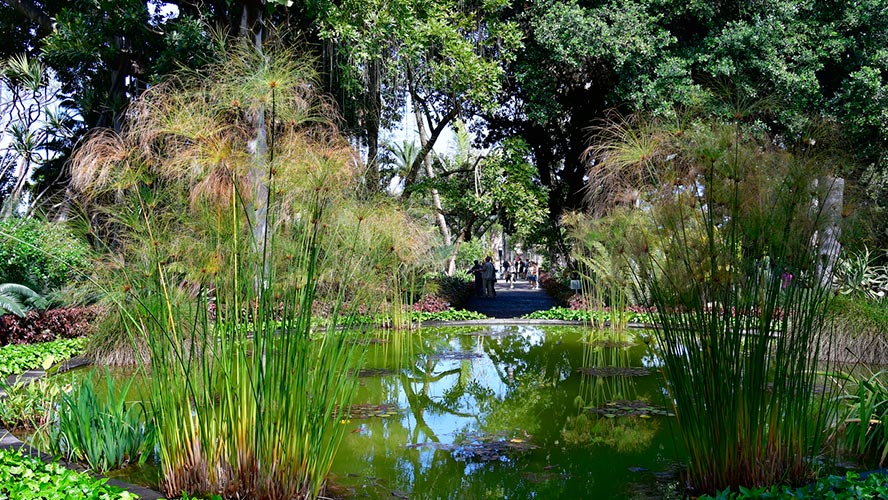
The aristocrat had not chosen this place at random, but had visited several parts of Tenerife in search of the most fertile soil, the most reliable water supplies and the kindest climate, all with the aim of successfully carrying out the King’s orders. Eventually, it was decided that the Botanical Gardens should be established between La Orotava and Puerto de la Cruz, because of the location’s particular suitability.
The first “international” seeds were planted in flower pots to begin with, just like in Madrid’s Botanical Garden—later to be transferred into the fertile ground. Thus began a garden that nowadays boasts one of Spain’s richest collections of plant life.
Canary Island flora in the Botanical Gardens
In the 20,000 or more square metres of the gardens that are open to the public, the Puerto de la Cruz Botanical Gardens not only contain an enormous variety of flora from all corners of the world, but also a great collection of native plants. Over 4,000 plant species in total. This space, with its natural exotic greenery, has become one of the essential places to visit in Tenerife. Here you can see, for example, numerous species of palm trees. Alongside them grow other prized species including the pineapple, land- and aquatic- plants, climbing plants with unique flowers, fig trees, etc.
In this setting, one can appreciate the fleeting beauty of some plants whose flowers last for barely a day, side by side with centuries-old trees that were planted during the early days of the Puerto de la Cruz Botanical Gardens. In fact, the Lord Howe Island fig tree is already famous, because it is so huge that you cannot see around it. Or there is the Kentia, which is usually seen as a medium-sized shrub growing in pots, but which has grown here into a great palm tree. There are also tree ferns, massive alocasias, delicate and elegant Bijao flowers, orchids, and the striking flowers of the bird of paradise plant.
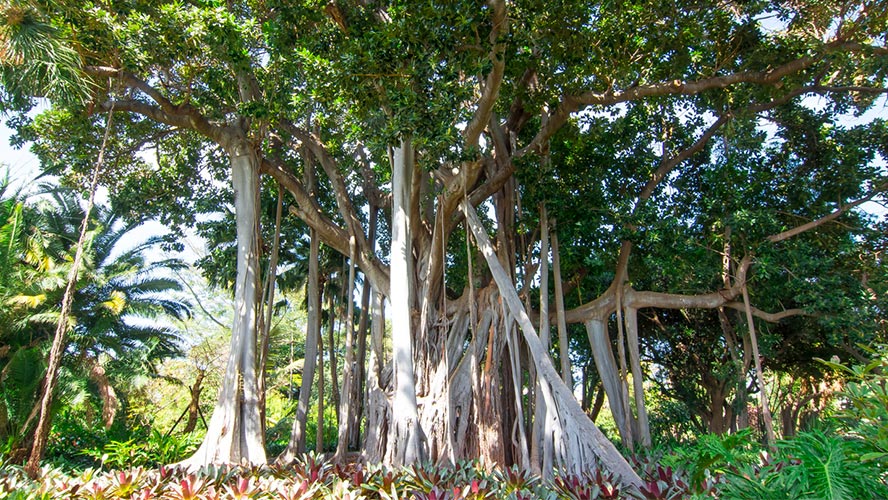
Wherever there is flora, there is of course fauna, and so in the Puerto de la Cruz Botanical Gardens we find hordes of animals happily living among the branches of the trees, or perching on the brilliantly coloured flowers. Birds flit from one place to another so fast that it is difficult to identify them. Blackbirds play “cat and mouse” with the blue-throated lizard so typical of Tenerife and so common on the island. A whole panoply of shapes, sounds, shimmers, flashes, colours and fragrances that transport the visitor to the heart of a fantastic jungle.
Tenerife’s Botanical Gardens: an essential stop on your itinerary
A visit to this tropical garden is a highly pleasurable experience to be enjoyed with all five senses. Meandering along the paths among imposing trees and palm trees will help you forget the noise of civilisation while you breathe in the pure, fresh air. You will stroll through a geometric network with two main axes that intersect at a gazebo by an old pond. It is, however, the richness, exuberance and variety of plant species concentrated here that will give you the impression that you are finding your way through a jungle. You will discover delightful corners where you can sit in the shade, and it’s an absolute delight to wander around admiring the spectacle offered up by Mother Nature.
In addition, the Puerto de la Cruz Botanical Gardens have a herbarium devoted specifically to the wealth of Canary Island flora, and a small, but fascinating, library containing old volumes. The Gardens also function as a scientific institution, undertaking both research and international exchanges of wild plant species. Various research programmes are conducted on the flora and plant life of the Canary Islands.
The Puerto de la Cruz Botanical Gardens attract around 400,000 visitors every year. A project is also under way to extend the site to house new neotropical additions as well as the typical flora of the La Orotava Valley.





























































